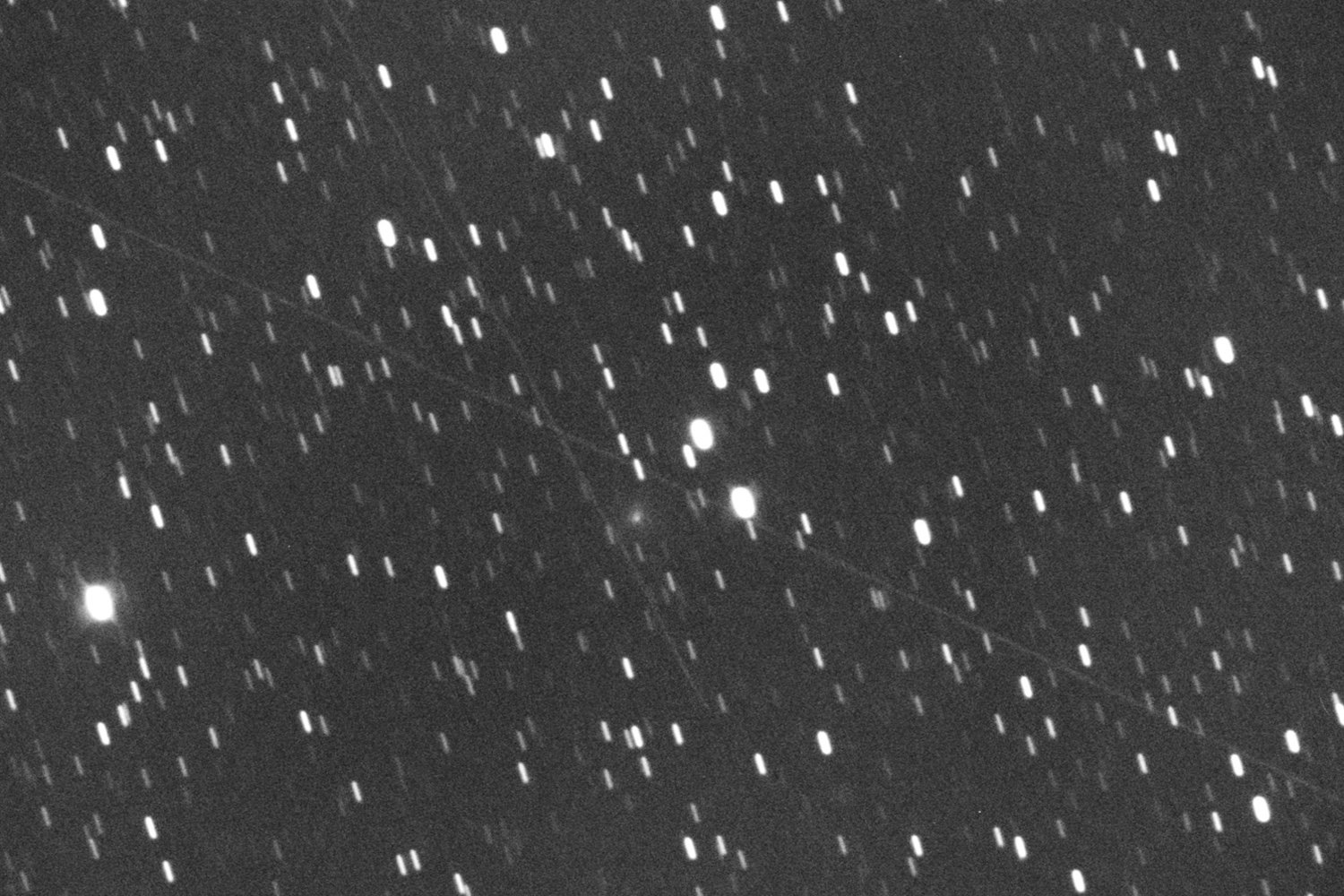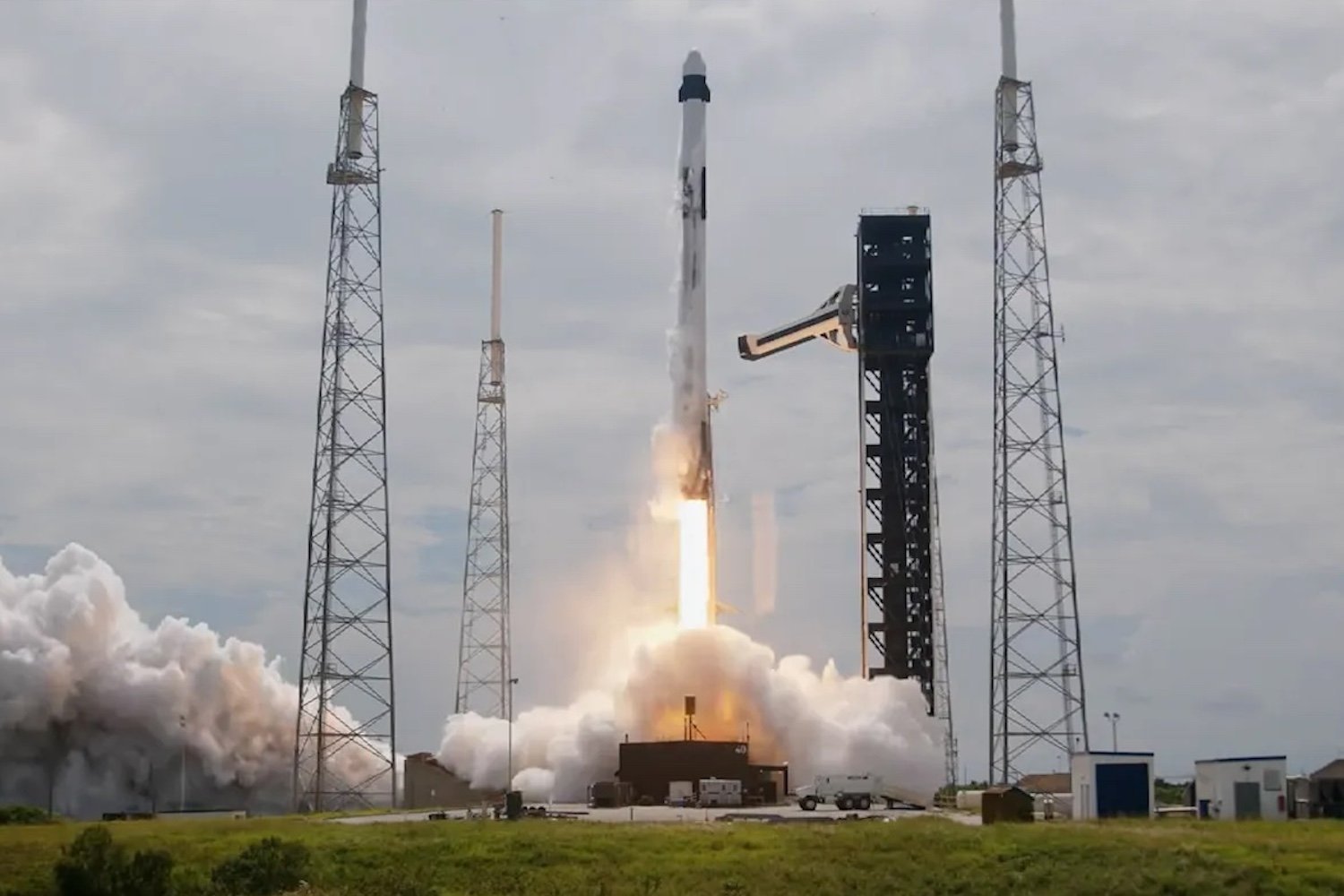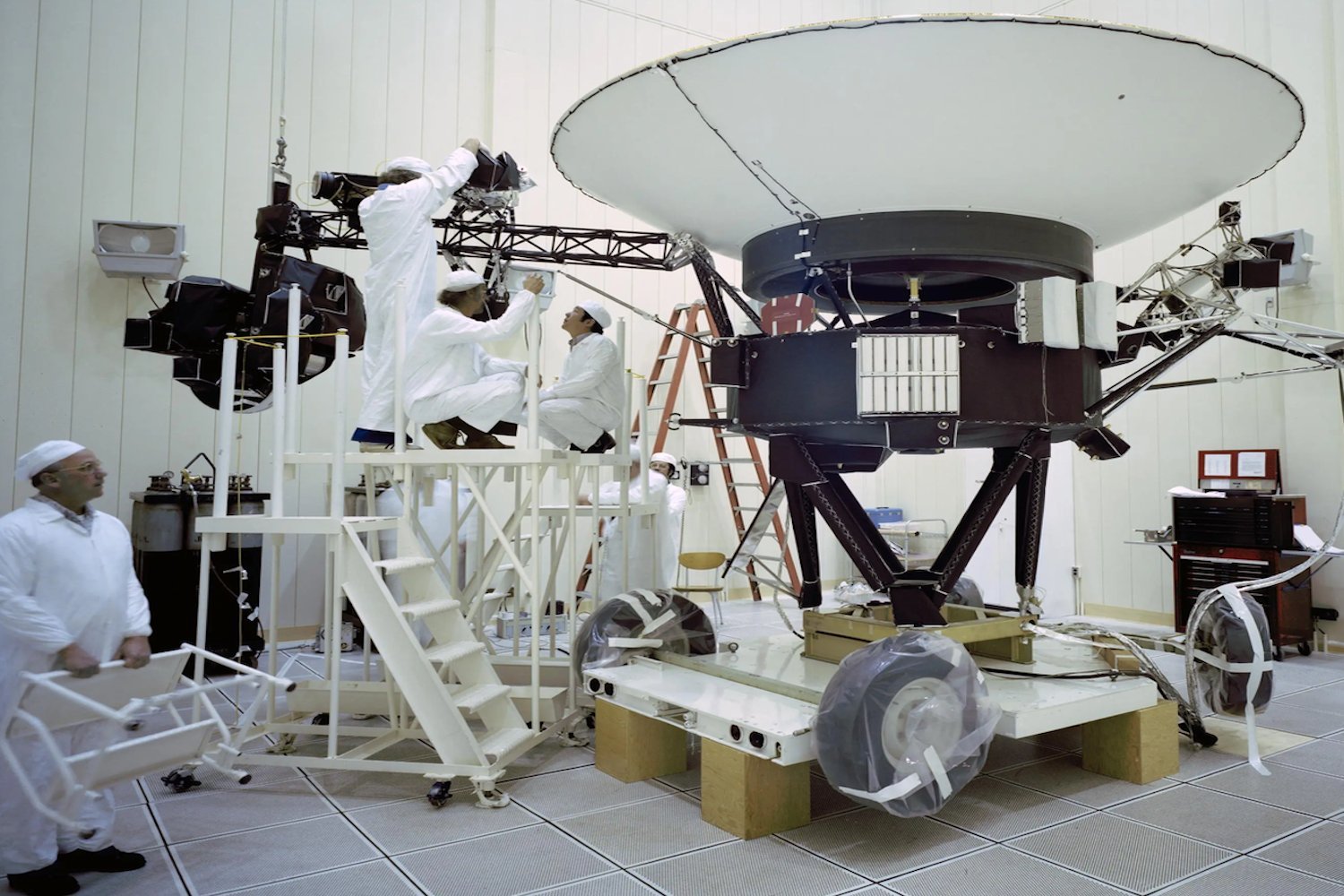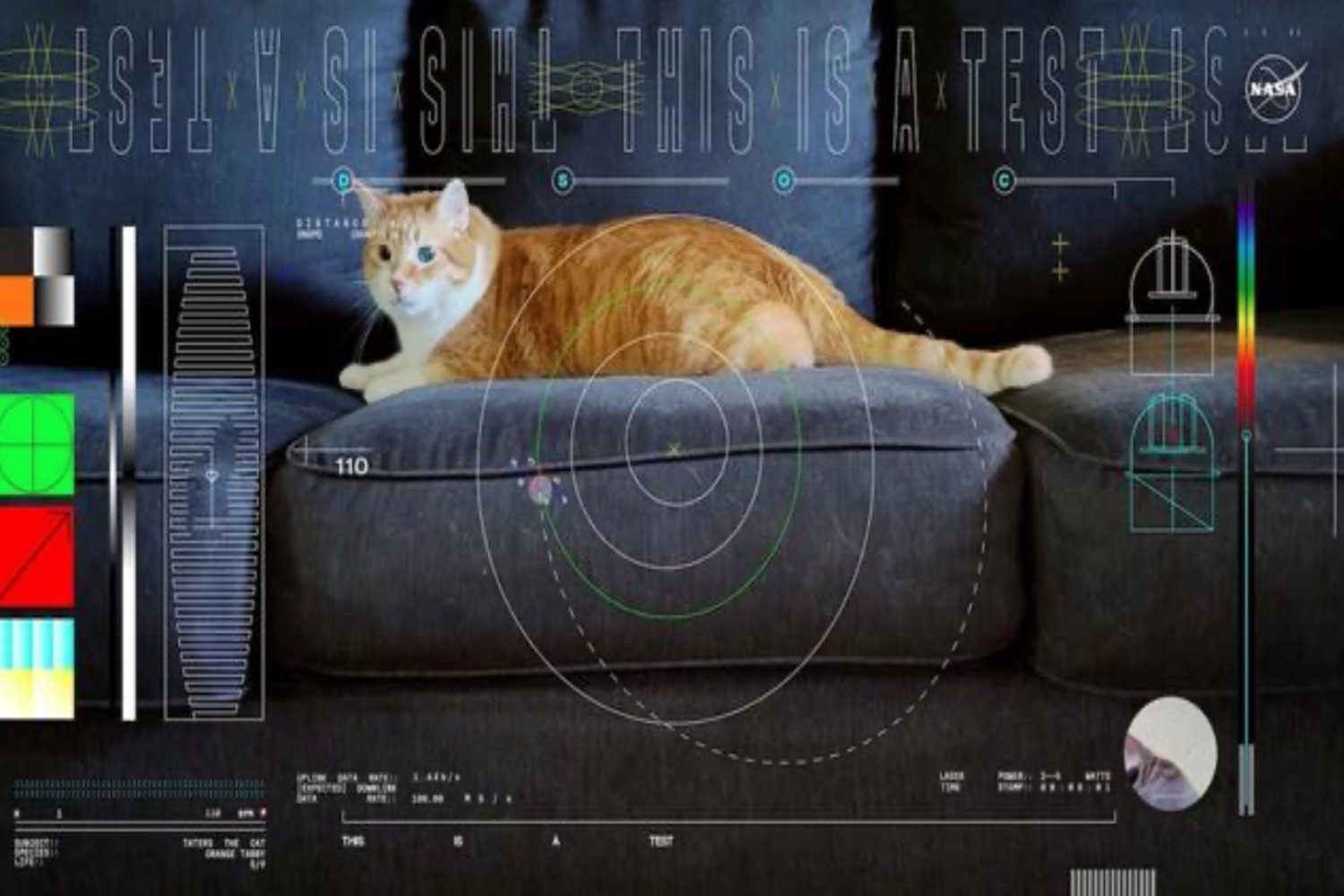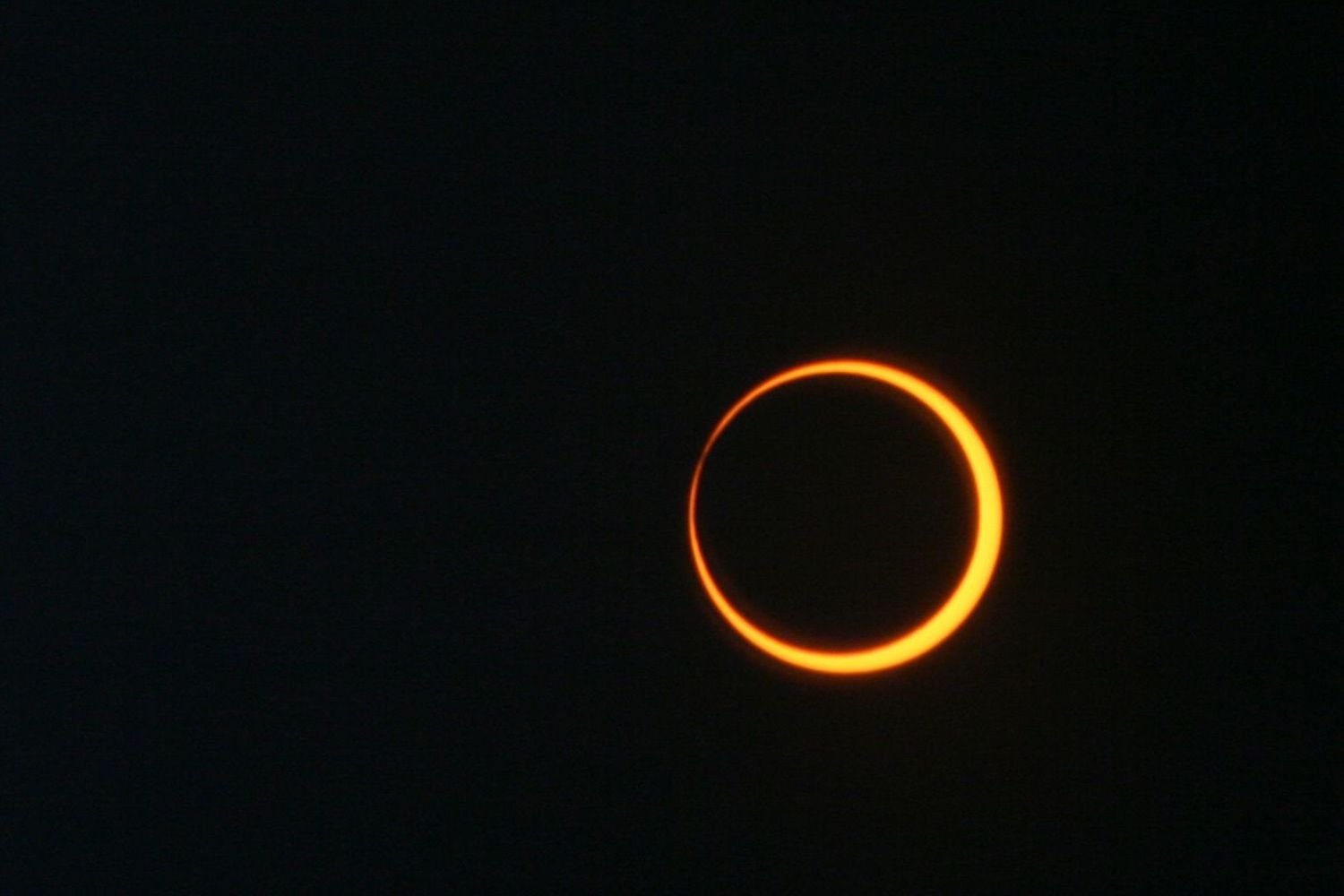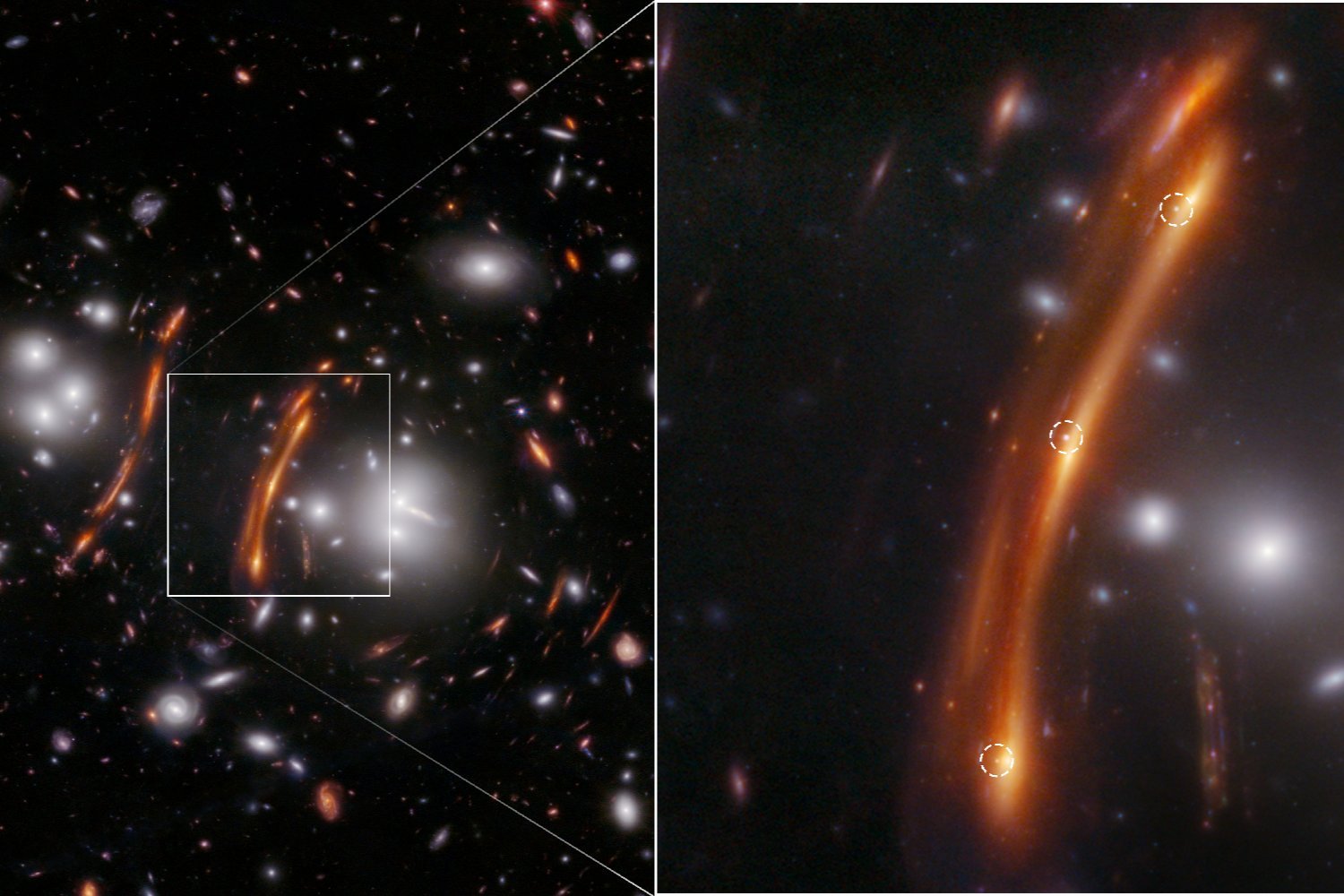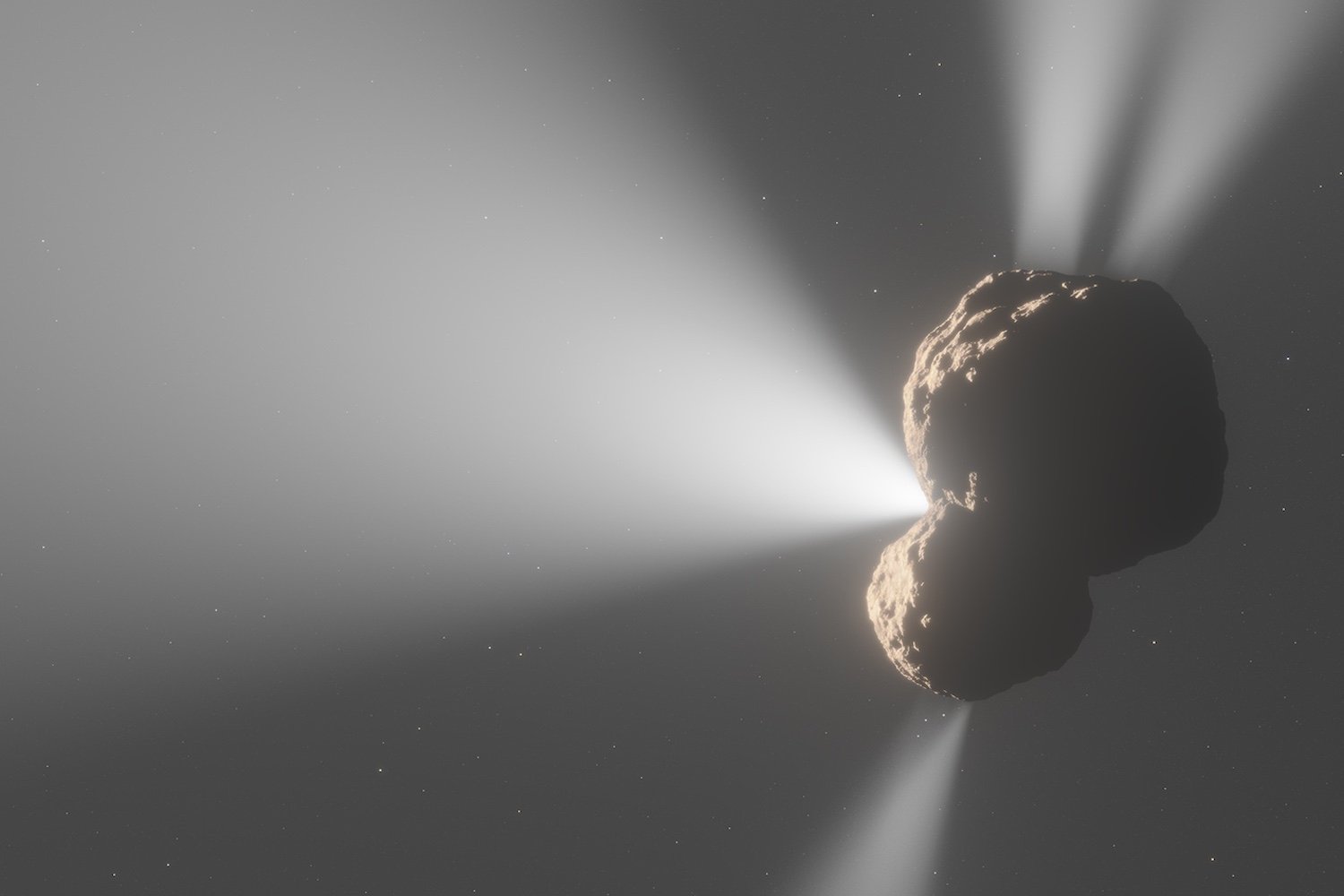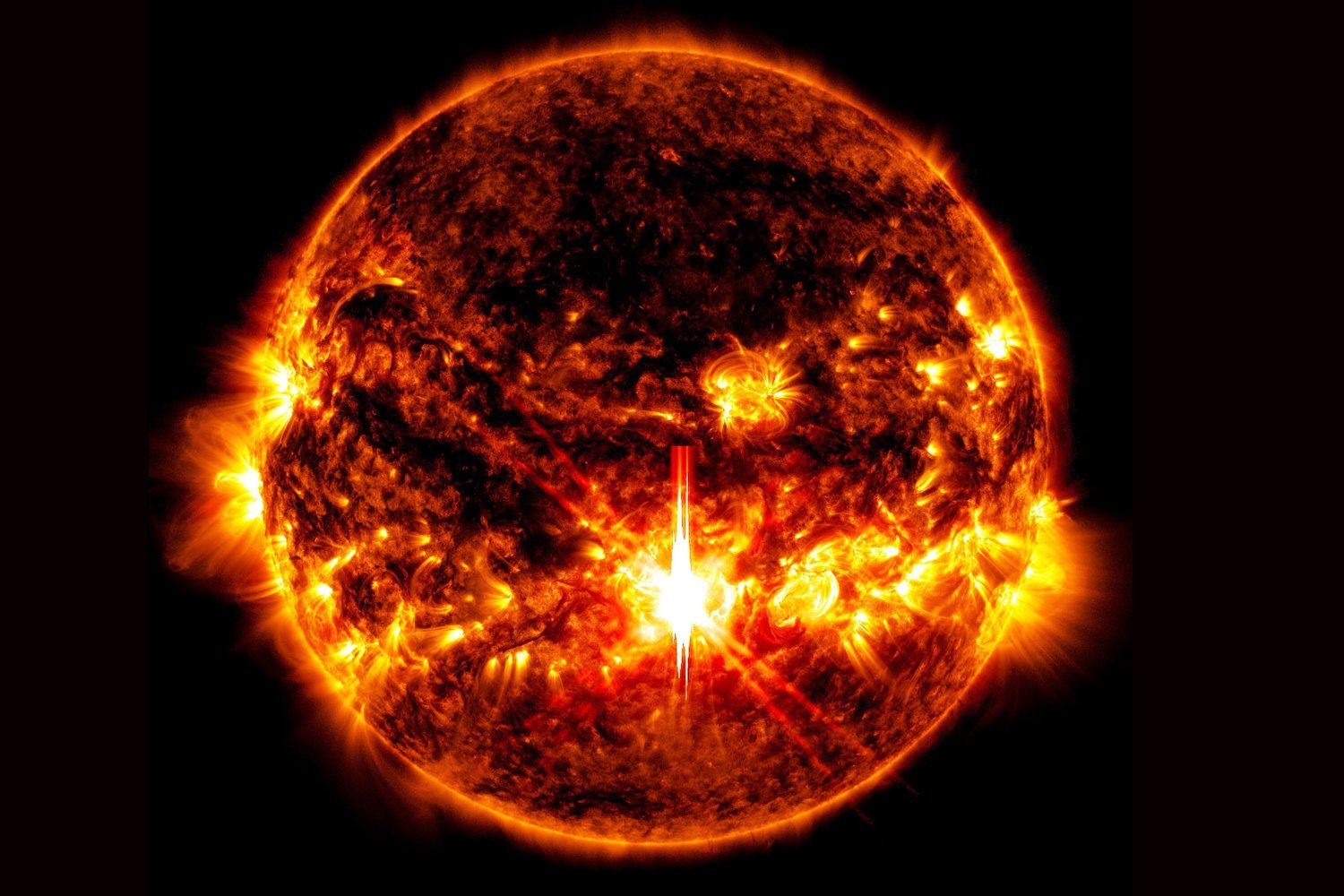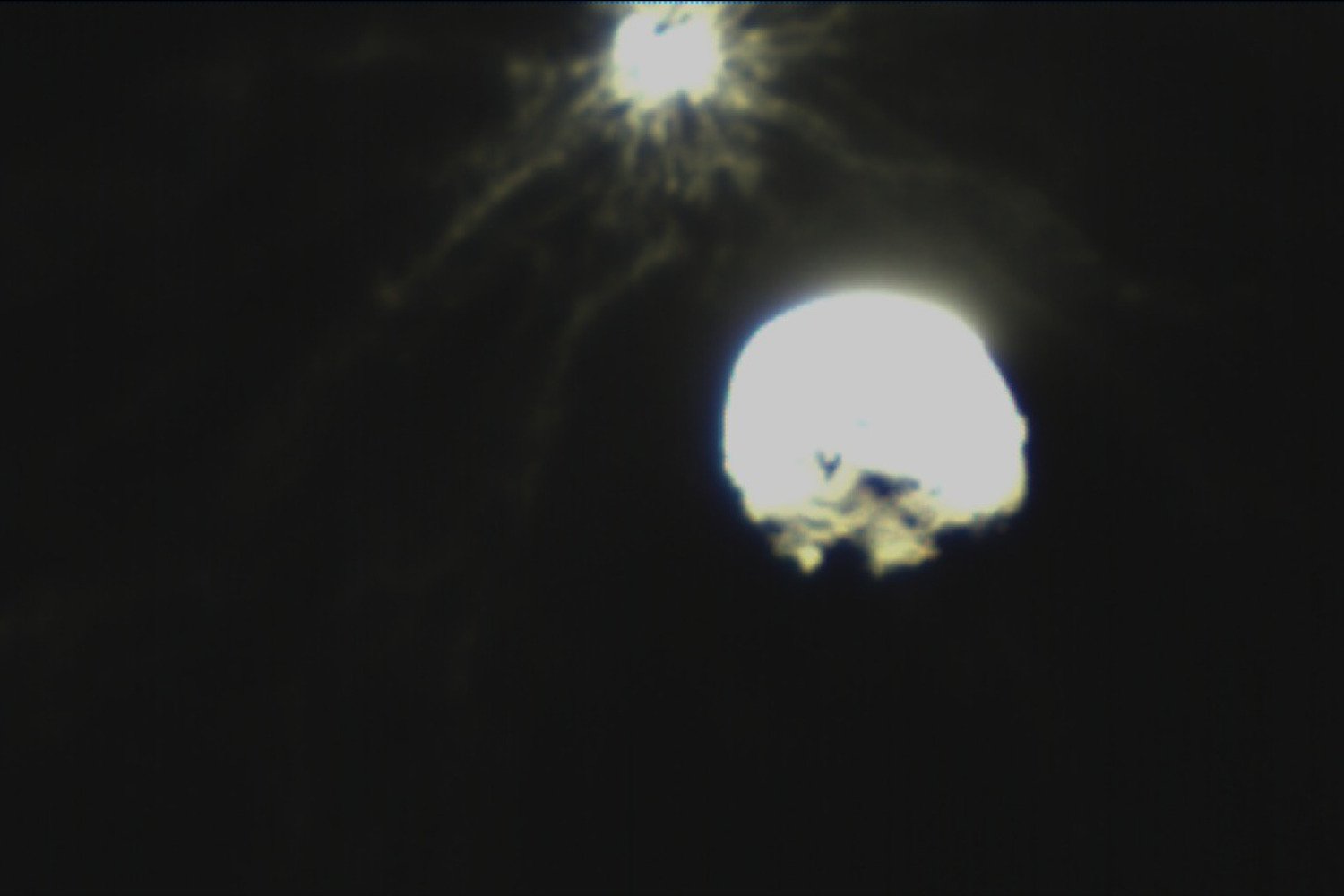The Asteroid Terrestrial-impact Last Alert System (ATLAS) in Hawaii detected a new comet on September 27, 2024, captivating astronomers with its potential for a dazzling celestial display. While currently designated A11bP7I, this comet, distinct from Comet C/2023 A3 (Tsuchinan-Atlas), belongs to the Kreutz sungrazer family.
What are Kreutz Sungrazers?
Kreutz sungrazers are comets that approach extraordinarily close to the Sun during perihelion, the point in their orbit nearest the star. As Ariel Graykowsi, lead of Unistellar’s comet campaign, explains, “Sungrazing comets get their name from their uniquely close-approach to the Sun during perihelion. Most sungrazing comets have a very similar orbit, which tells astronomers that these comets are likely fragments of a parent body.” This shared orbital characteristic suggests they originated from a single, larger comet that fragmented long ago.
A Fateful Encounter
Due to their diminutive size and proximity to the Sun, Kreutz sungrazers often face two possible outcomes: disintegration or a dramatic increase in brightness. Some, however, defy the odds and survive their perilous journey. Comet Lovejoy, a Kreutz sungrazer discovered in 2011, survived its perihelion, emitting a captivating blue-green glow before its nucleus disintegrated days later. Another remarkable example is Comet Ikeya-Seki, discovered in 1965, which shone nearly as bright as a half-moon after its solar rendezvous.
Will Comet A11bP7I Survive?
Comet A11bP7I is predicted to reach its perihelion on October 28, 2024. Its survival remains uncertain, but if it endures, its brightness could reach a magnitude of -7, surpassing even Venus, the brightest planet in our solar system, which has a magnitude of -4.6.
Viewing Opportunities
According to EarthSky, Southern Hemisphere observers may have the opportunity to witness the comet as it approaches perihelion. If it survives its close encounter with the Sun, Northern Hemisphere observers could be treated to a spectacular light show. “I’m excited to see what this comet does,” Graykowsi comments. “I hope it survives perihelion enough for us to see it.”
Another Comet to Watch
While awaiting the fate of Comet A11bP7I, another comet, C/2023 A3 (Tsuchinan-Atlas), holds promise as a potential celestial highlight.



